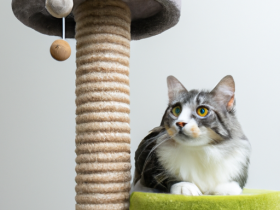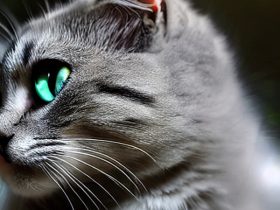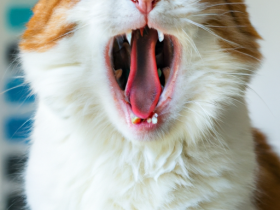Why Do Cats Act Weird When You Scratch the Base of Their Tail?

Why Do Cats Act Weird When You Scratch the Base of Their Tail? Have you ever wanted to understand your cat’s communication? How about its feelings and behaviors? Well, apart from purring and kneading, your cat’s tail movements are one of the things you should learn as far as cats body languages is concerned. We all know that cats are highly communicative pets, and the way their tails move is by itself a language every cat owner should learn, especially tail movements initiated by their owners’ touches.
When you are able to interpret your cat’s tail language and movements, you will be able to know what it feels or experiences. By so doing, you will be able to give them what they want or perhaps leave them to be by themselves when they need not be bothered.
Tale Behind the Tail
The tail of your cat is its communication channel. It speaks a thousand words through it, and perhaps you’ve wondered what makes your cat act weird when you scratch the base of its tail. You might have noted tail movements such as when your cat raises its tail straight to the tip to mean that they are greeting you and when they wag their tail to show their affection towards you.
As much as your cat shows affection through its tail, they are able to show dissatisfaction or unhappiness with their tail too. Particularly, cats do not like being touched at the bases of their tails because of the sensitivity around these parts. When they get startled, a cats’ tip curls straight up except the tip, which would keep twitching occasionally. If you scratch the base of their tail, they would even get more annoyed. This is particularly common to female cats.
Tails and Mating
Cats are known to be sensitive pets. Touching them at the base of their tails provokes them with experiences of mating and sex. For females, this is a painful experience, and most of them would not condone the touches. As such, cats are likely to feel agitated when they are indecently touched at the bases of their tails. They may respond by tucking their tails inward under their legs to indicate that they are in fear or they are getting nervous.
Summarily, a cat uses its tail for more than balance. Your cat’s tail movements and behavior speak a lot about your pet. In addition to their meows and purring, cats use their tails for communication and for signaling their moods. Besides, the bases of the female cats are sensitive because they are located around their mating spots. These are painful spots and cats do not want such touches.








Like!! I blog frequently and I really thank you for your content. The article has truly peaked my interest.